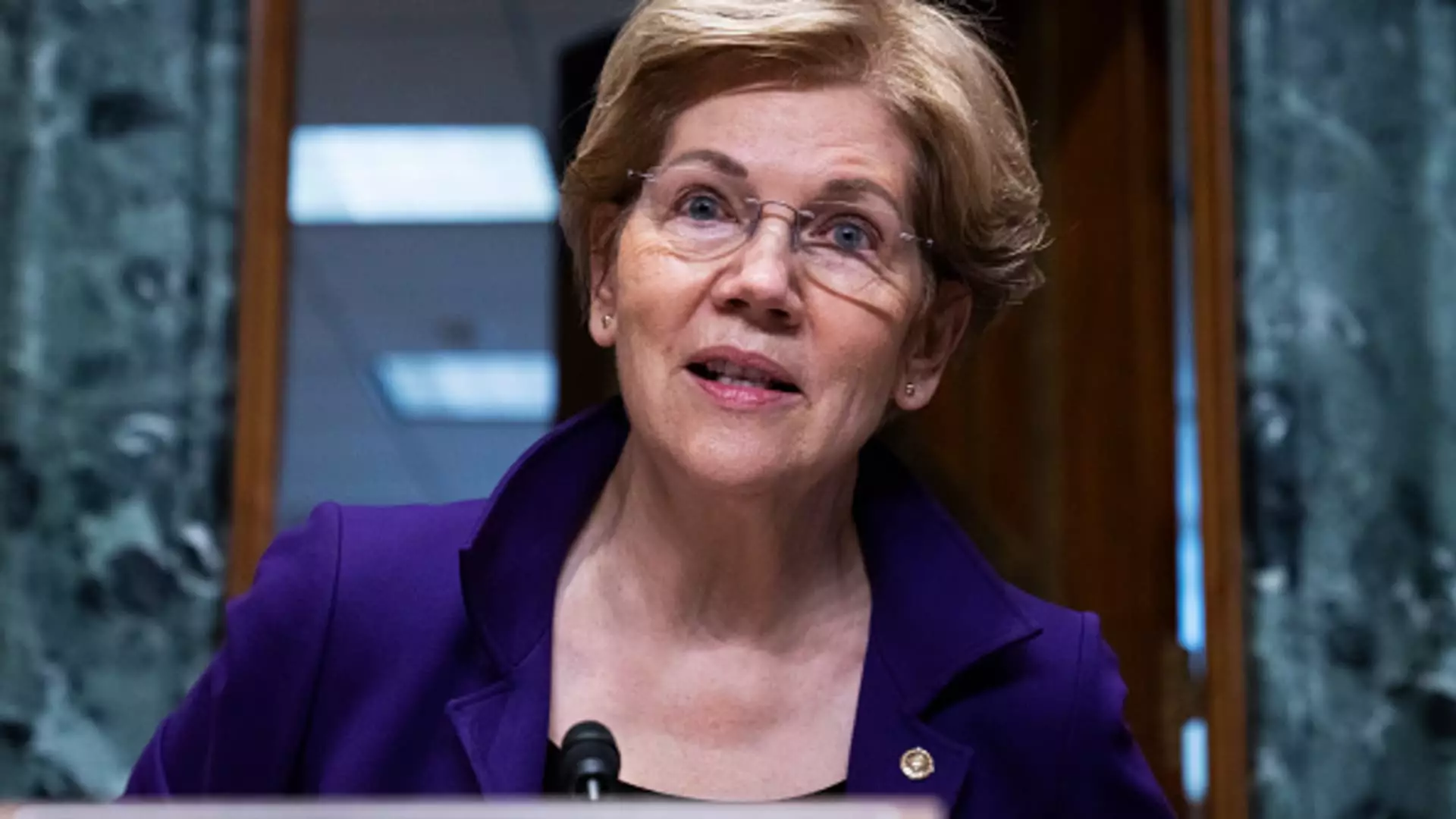In 2023, a transition of student loan accounts from NelNet to Mohela has sparked considerable alarm among lawmakers, who allege that the transfer was fundamentally flawed. An investigative letter sent to key government agencies—including the Consumer Financial Protection Bureau (CFPB) and the Department of Education—revealed profound issues resulting in millions of inaccuracies in consumer credit reporting. Official estimates suggest that nearly 2 million duplicate student loan records marred the credit reports of borrowers across the United States, significantly impacting their financial standing.
Impact on Borrowers
This catastrophic blunder affected hundreds of thousands of borrowers, with many experiencing distorted credit scores for an extended period—up to a year and a half. The fallout is severe: duplicate loan balances on credit reports not only contribute to a diminished credit score but can also hinder an individual’s ability to secure mortgages, auto loans, or other forms of credit. In the increasingly data-driven financial environment, even a small discrepancy can severely limit financial opportunities for borrowers, revealing an urgent need for accountability and transparency in the management of such transfers. Lawmakers like Senators Elizabeth Warren and Ron Wyden are pushing for a thorough investigation to comprehend the extent of the damage.
The letter authored by concerned lawmakers puts substantial pressure on the CFPB and the Department of Education to invoke their enforcement powers and hold responsible parties accountable for these distressing errors. The lawmakers have emphasized the necessity for swift action, insisting that credit reporting accuracy is crucial for the financial wellbeing of countless Americans who rely on accurate credit scores to make significant life decisions.
Flaws in Communication
Delving deeper into the situation, the investigation suggests that Mohela failed to communicate the details of each loan transfer to the credit reporting companies. This oversight has not only led to confusion among borrowers but has also raised questions about the operational efficiency and reliability of loan servicers. Consequently, single loans were reported twice, leading to an unduly inflated view of borrowers’ debt levels.
The Scope of Complaints
The legislative letter also provided disturbing insights into the sheer volume of borrower complaints, with approximately 7,500 assertions made to Mohela and the credit reporting companies regarding these inconsistencies. Of particular concern is the revelation that over 100,000 instances were identified where reporting inaccuracies adversely affected borrowers’ credit scores—wreaking havoc on their financial stability and future lending prospects.
As reported by the credit reporting agencies, many of the duplicate balances have since been rectified; however, the lasting implications of this situation remain to be fully understood. The negative influence on consumer confidence, coupled with the fallout from credit score degradation, raises pertinent questions about the regulatory framework overseeing student loan servicing. Moving forward, the incident underscores the critical need for improved communication between loan servicers and credit reporting entities to prevent similar issues and maintain the integrity of borrowers’ financial standing. The ramifications of this alarming situation extend beyond mere errors; they underscore the necessity for systemic reform in the student loan servicing landscape.

